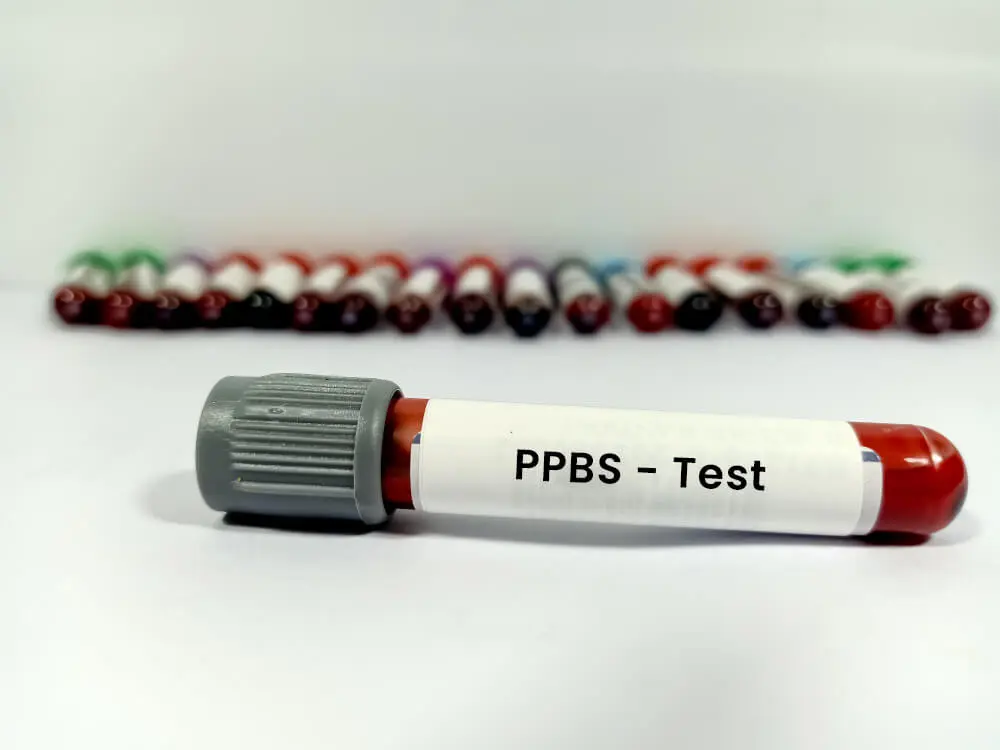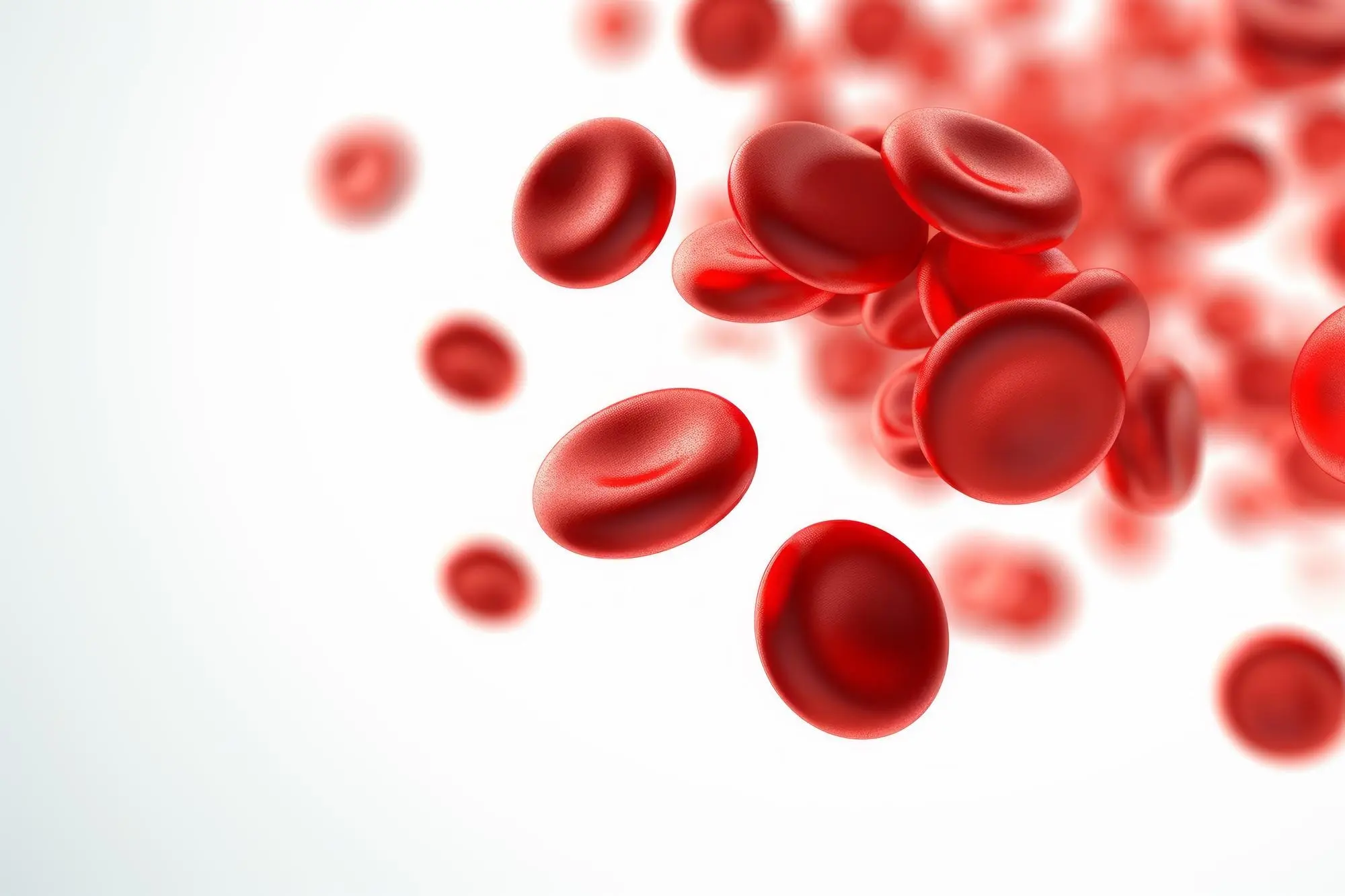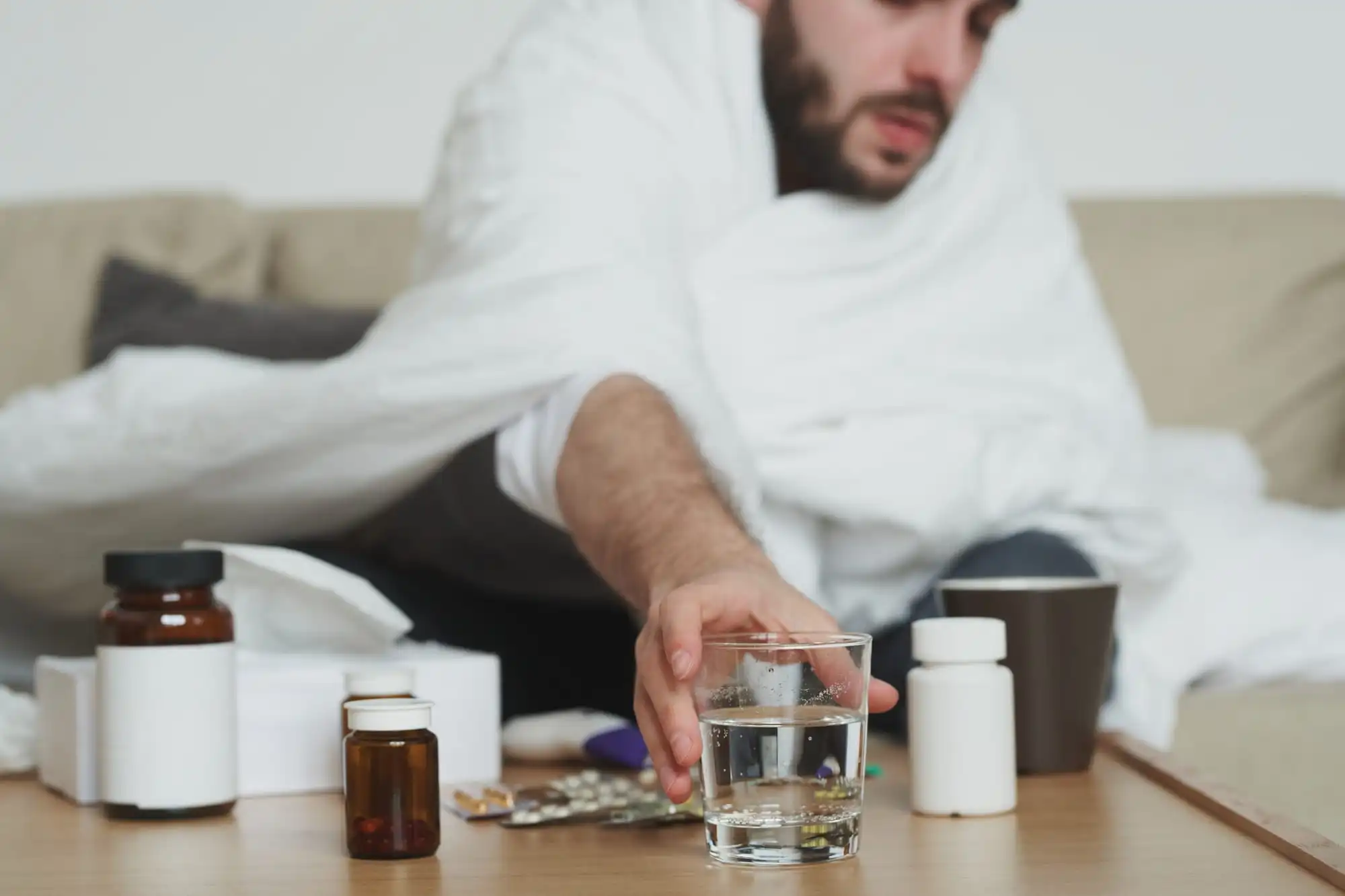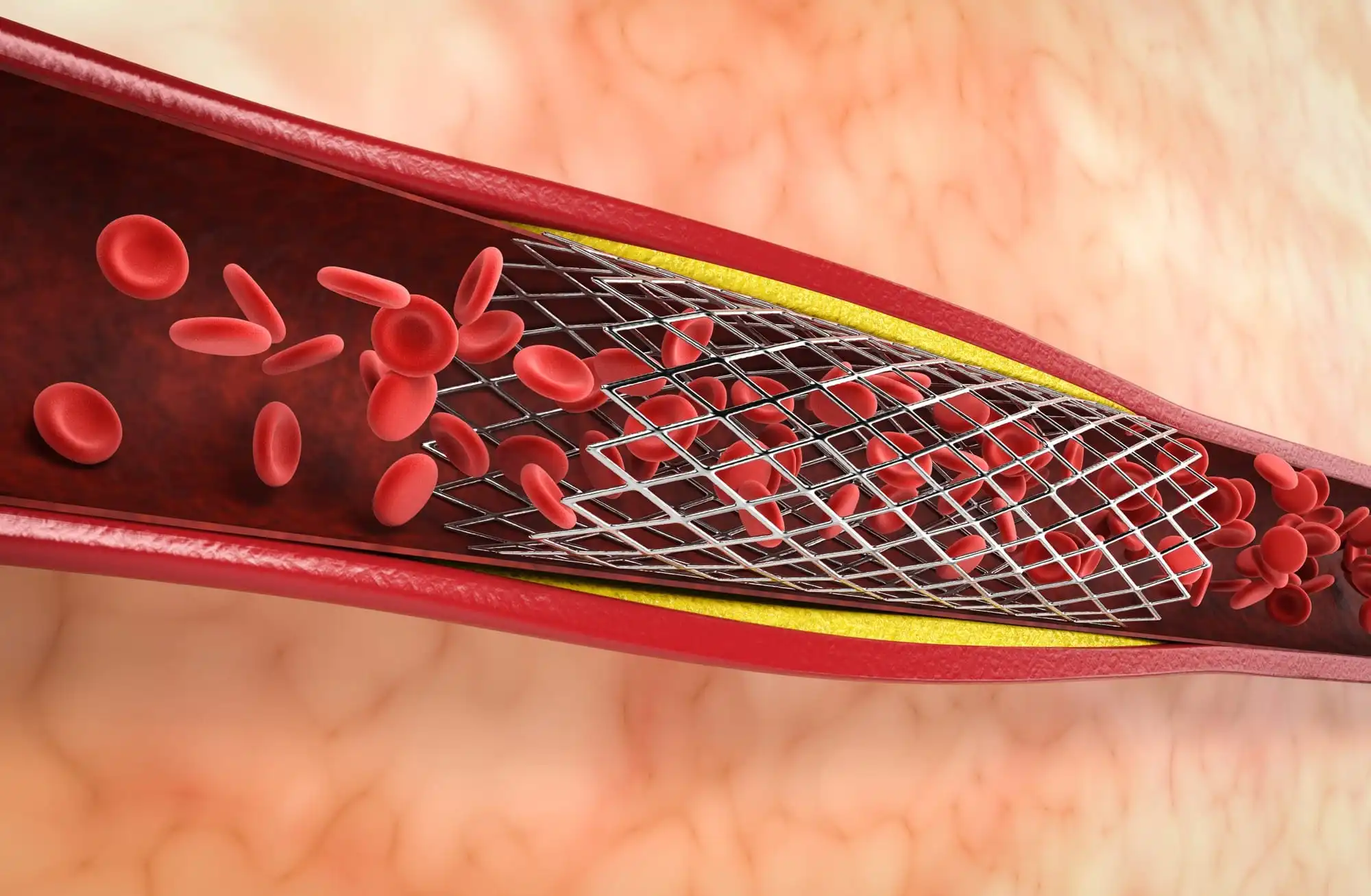What Does the PPBS Test Mean?
Post Prandial Blood Sugar Test or PPBS test measures the amount of sugar in the blood after a person has eaten a meal and is often administered alongside a Fasting Blood Sugar (FBS) test to get a more complete picture of an individual’s sugar levels.
The PPBS test is also known by a variety of other names, including Blood Sugar Post Prandial (BSPP), Glucose PP, Glucose two-hour postprandial, and Post glucose. It is an important tool for diagnosing and managing diabetes, as well as for monitoring the effectiveness of treatment plans.
The test itself involves taking a sample of your blood before and after eating a meal within a two-hour window. Doctors use this information to measure how much glucose was processed by your body over the course of two hours and will compare the results against normal ranges for someone without diabetes or similar conditions.
PPBS Test Preparation
Before undergoing the PPBS (Postprandial Blood Sugar) test, it is necessary to first complete the Fasting Blood Sugar Test. This involves fasting for 12 hours overnight and then consuming a healthy breakfast 2 hours before the PPBS test.
During this 2-hour waiting period, it is important to rest and avoid physical activity, although water can be consumed. After this time, a blood sample will be collected for the PPBS test.
What is PPBS Blood Sugar Normal Range?
The PPBS (Postprandial Blood Sugar) test measures the amount of glucose (sugar) in the blood after a meal. The results of the test are used to diagnose and monitor diabetes. A normal PPBS blood sugar range is less than 140 mg/dL. A range between 140 and 199 mg/dL is considered prediabetes, while a result of more than 200 mg/dL indicates diabetes. It is important to discuss the results of the PPBS test with a healthcare provider to determine the appropriate treatment plan.
What is PPBS Test Price?
The price of this test is generally around 100 INR. It is important to note that the actual cost of the test may vary depending on a variety of factors, such as the location of the laboratory or clinic where the test is being performed, any additional fees associated with the test, and the individual’s health insurance coverage. It is always a good idea to discuss the cost of the test with a healthcare provider or the laboratory before the test is performed.
What Factors Affect the PPBS?
- Glycemic Index (GI) of Foods: The Glycemic Index (GI) of food is an important factor that affects PPBS. GI is a measure of how quickly carbohydrates turn into glucose, which our bodies use as energy. Knowing the GI of food can help you make better nutrition choices and have more control over your health, weight, and performance.
- Exercise: Exercise is an important factor that can affect postprandial blood sugar testing. The postprandial test measures the amount of glucose in the blood 2 hours after eating a meal, and it’s used to diagnose diabetes or prediabetes. Exercise has been shown to lower postprandial glucose levels, which can be beneficial for those with diabetes or prediabetes.
Physical activity helps signal the body to take up glucose from the bloodstream more quickly and efficiently, thus lowering blood sugar levels soon after eating. Regular physical activity increases insulin sensitivity and improves metabolic control, allowing for better management of diabetes. Additionally, exercise increases cells’ uptake of glucose during the late stages of exercise when energy stores are low. - Meal Timings: Sleeping immediately after a meal can negatively affect blood sugar levels because the sugar from the food is absorbed into the bloodstream but not efficiently used by the body. As a result, there is a higher increase in postprandial blood sugar (PPBS). To avoid this issue, it is recommended that patients eat their dinners earlier in the evening. This is why many healthcare professionals advise their patients to have early dinners.
Who Should Get a Post-Prandial Blood Sugar (PPBS) Test?
A healthcare professional may recommend a PPBS (postprandial blood sugar) test if you have already been diagnosed with diabetes or if you are experiencing symptoms such as constant urination, an unusual feeling of thirstiness, frequent infections, slow-healing sores, blurred vision, and fatigue.
In pregnant women, the PPBS test is often conducted to check for gestational diabetes, a type of diabetes that can occur during pregnancy. It is important to speak with your healthcare provider if you are experiencing any of these symptoms, as early detection and treatment of diabetes can help prevent complications and maintain good health.
What is the Type of Sample Required?
This test requires a blood sample.
Don’t wait until it’s too late to understand the importance of your health – start digitalising your health records today with Health-e. You will have the assurance that you can access and monitor your health information in a secure and convenient way. Take control of your health now, and download Health-e one of the best PHR app to stay updated on all your PPBS tests!





